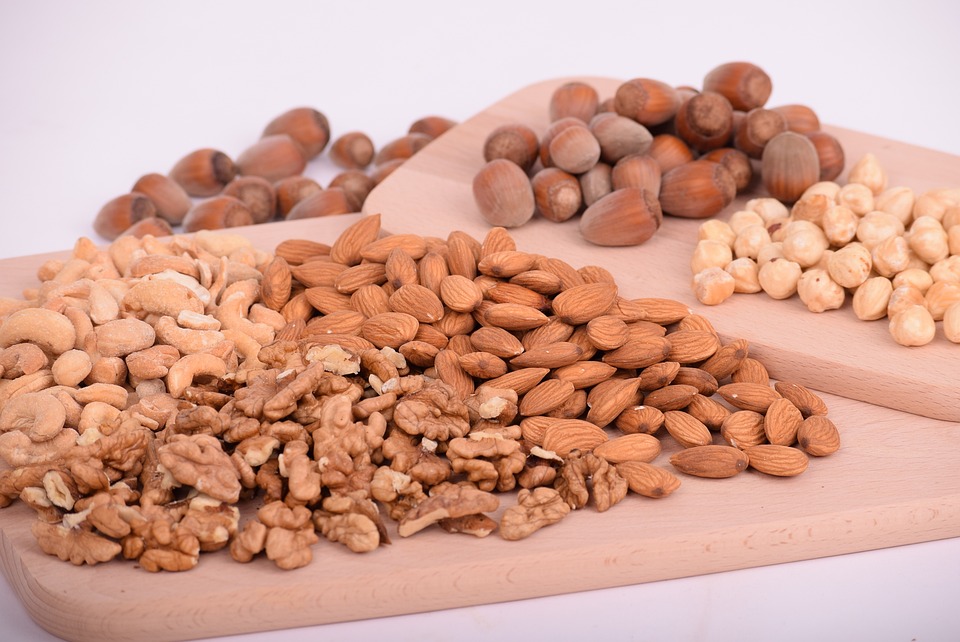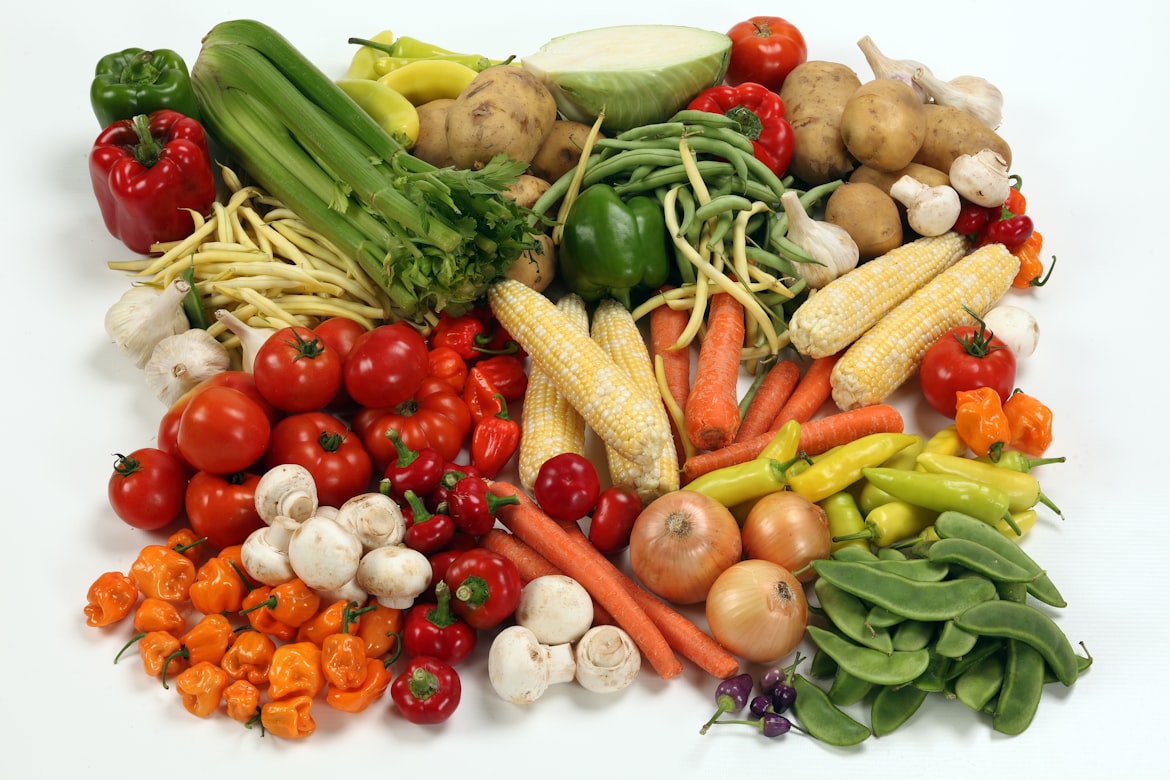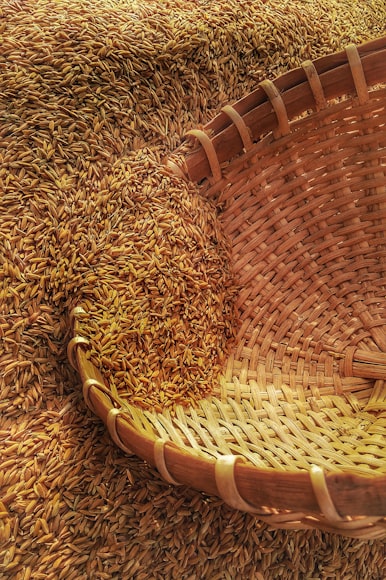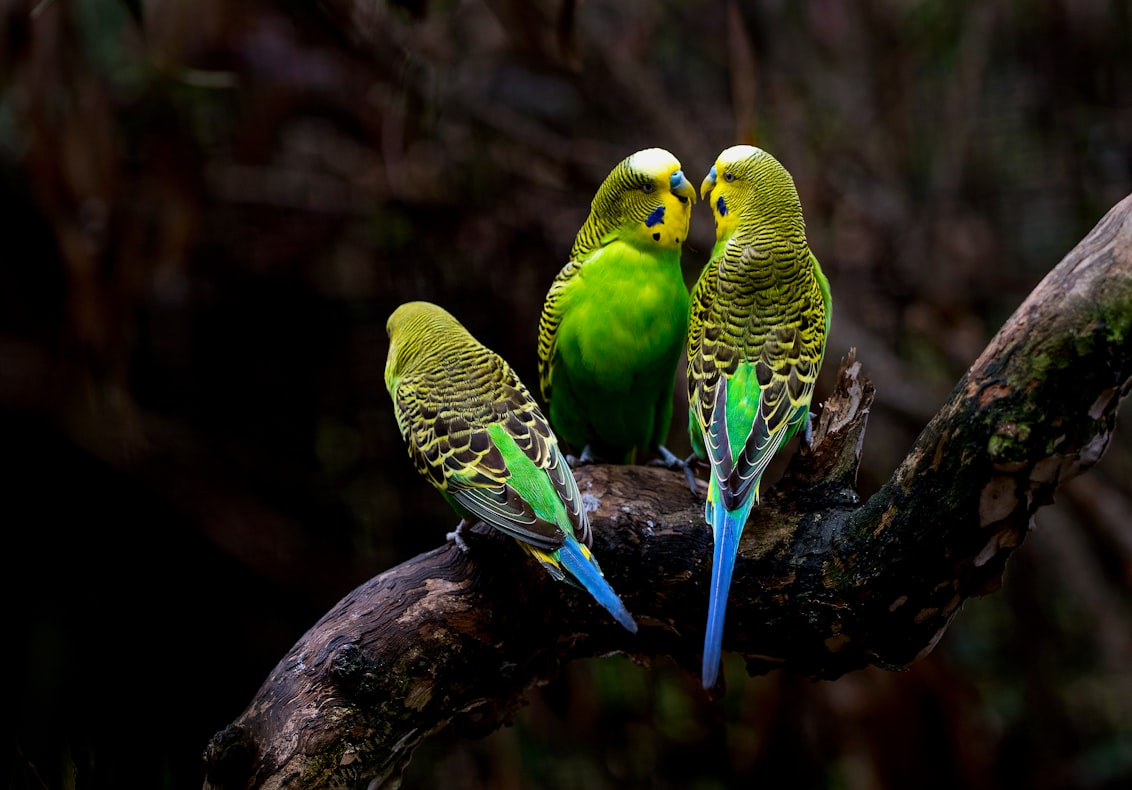As an Amazon Associate I earn from qualifying purchases.
What Do Baby Parakeets Eat?

Newly born parakeet chicks are rather ugly. Their eyes are shut and their long necks are too fragile to support their heads, which are completely bald. The mother takes care of the youngsters for the first three weeks, while the male provides food to her. At 6 weeks, the father parakeet begins to feed the chicks after they’ve been fed by their mother.
Taking great care of the parents is important if you want to properly look after parakeet chicks. The mom and father both raise the youngsters, with their own specific job to perform. If you’re fortunate, you’ll only have to feed and water the parents, clean the cage, and wait for the fledglings to hatch. Hand-rearing your parakeets may be an option if you aren’t so fortunate.
What Do Baby Parakeets Eat?
Parakeets consume a varied diet that includes seeds, fruits, pellets, vegetables, nuts, and legumes. All of these have a role to play in some manner or another, whether it’s providing budgies with the energy they need throughout the day or adding important vitamins and minerals to their diet.
Seeds
Because seeds are deficient in vitamins, minerals, and protein, they can’t substitute the proteins your budgies require from a variety of foods including vegetables and legumes.
It’s not ideal for any parakeets to only eat seeds. They can develop vitamin and mineral deficiencies as well as a variety of health issues, such as skin irritation and bone disorders if they solely consume seeds.
Pellets

When you’re out and about, pellets might be a wonderful solution to a sticky problem if you’re unsure what to feed your parakeets. You may put pellets in the parakeet feeder while you’re at work without worrying about your birds going hungry.
While they do have advantages, providing parakeets with little to no effort on your part, there are drawbacks. Because all pellets are comprised of grains, you must be cautious not to replace essential nutrients with them. Even if they’re only getting a tiny bit of fresh fruit, nuts, seeds, and vegetables every day, they require it.
While pellets are an excellent choice when you’re away from home, they aren’t particularly nutritious, so you shouldn’t rely on them too much.
Nuts

Nuts, like other foods, have both beneficial and harmful components. They are high in antioxidants and omega 3 fatty acids but they also include compounds that may irritate the stomach when eaten in excess.
Walnuts, pecans, pistachios, and almonds, are all acceptable nuts to feed your baby parakeet. Peanuts have the greatest risk of mold contamination. If it didn’t produce a toxic by-product, the mold itself wouldn’t be as dangerous.
Fruits

Budgies love a variety of fruits, however, you must ensure that they are entirely safe. This implies both are cautious of those that might cause digestive problems or be hazardous due to their sugar content, while also avoiding those that include pesticides.
If at all feasible, get fresh organic fruit from the store or a farmers’ market. Parakeets should only consume 5 to 10 percent of their diet in the form of fruits. Tangerines, bananas, apples, mangoes, coconuts, pineapples, melons, watermelons, blackberries, and peaches are just a few of the fruits that may be offered to your baby parakeet.
You may also give your parakeets apricots, cherries, and other unpitted fruits, but you must first remove their seeds or pits. They might be a choking risk that you don’t want to take any chances with.
Vegetables

Vegetables are one of the safest kinds of budgie food you can give your pet, especially since they don’t have as much sugar as fruits do. However, you must be cautious because leafy greens are encouraged for parakeets but some of them may include significant amounts of pesticides, such as spinach.
Make sure to do your homework before introducing a new vegetable to your birds‘ diet. There are numerous internet forums where you may interact with other parakeet parents and inquire about whether anything is wrong with your bird.
Grains

There are many different views on whether or not parakeets should be fed grains. Grains aren’t as nutrient-dense as some of the other things you can offer budgies, and they don’t contain as much protein like legumes. Vitamins and minerals aside, there’s a lot of debate around grain supplementation.
If your pet birds enjoy grains, you may offer them as snacks. Some people feed their budgerigar bread since it appears to be liked by the bird. However, not all types of bread are suitable for parakeets.
If you must give in to the bread-eating urges of your parakeet pair, we recommend choosing a healthy, whole-grain bread rather than one high in sugar and preservatives. Sandwiches are especially hazardous since they include a plethora of additives to keep them fresh for longer periods.
Vitamins

Vitamins and minerals are necessary when it comes to discussing parakeet diets. Fresh fruit and vegetables contain vitamins and minerals, so providing your budgies with only pellets or just seeds isn’t enough.
You will have to provide extra vitamins and minerals by supplementation depending on the age of your bird or his or her specific health needs. Baby parakeets, for example, require more calcium than egg-laying females, but so do newborns.
What Do Baby Parakeets Eat Right After Being Born?
Four to six eggs are laid in a clutch by female parakeets. The mother bird spends 18 days sitting on her pouch before the young hatch. Parakeet babies are completely reliant on their parents for food from the time they’re born. Newly hatched parakeets, who are naked as the proverbial jaybird, can’t see and have restricted movement.
Parakeets can’t signal to their mother that they’re hungry because they can’t raise their heads. They may, however, be cheap; the mother responds to the noise. Beginning in their first weeks of life, their mother cares for all of their needs by feeding them with a combination of seeds and her saliva.
In the wild, the papa parakeet is responsible for teaching his offspring what foods are mostly comprised of seeds. When weaning begins at approximately four weeks old, Papa Parakeet takes over. He’s the one who instills that knowledge in his youngsters in the wild. They should eat as they get ready to leave the nest at this point. The dad will fill this role with the foods you offer, including typical parakeet rations, in captivity. You may also give your birds some fresh greens, such as carrot tops, dandelions, kale, spinach, and apricots.
What Do Baby Parakeets Eat in The Wild?
Parakeets are primarily granivorous birds, although they also eat seeds and grasses, which explains why many of them are ground feeders. Many species forage on the forest floor or savannah, digging up food items. Seed grasses are considerably more important to them than big parrots.
In the wild, they consume fruits, insects, grubs, and nectars from flowers. They’ll also eat tree seeds, berries, fruits, bark, and buds like other large parrot species do.
How To Feed Baby Parakeets?

Budgies, also known as parakeets, are fantastic adult birds that are particularly adorable when they’re babies! Unless the parents can’t or won’t care for them, baby budgies should be looked after by their parents for at least their first two weeks of life.
It’s up to you whether you want to take over the feeding duties after that, but be ready to go through a time-consuming and meticulous procedure for up to a month. You’ll help turn that tiny baby budgie into an active young adult if you put in some effort and patience.
Step 1
Cover the bird with a towel and gently cup your hand around it. Before laying the towel on your lap or placing it on a tabletop, warm it in the microwave for a couple of minutes. Assist by supporting the baby budgie’s body with one hand while holding its neck with the other. Set the bird down on a towel and gently support it throughout the feeding process.
They can get a little squirmy after they’re a few weeks old, but they are typically manageable with a loose, gentle grip. Squeezing them is not acceptable!
Step 2
Hold the syringe at a 45-degree angle and touch the feeding tool to one side of the baby’s beak. Instead of aiming the tip of the feeding spoon directly at the front of the baby’s beak, approach from above and slightly to one side, then hold the syringe at about a 45-degree downward angle. Gently tap the spoon’s tip against the beak of your fledgling. This is exactly what the mother bird does with its beak to encourage her infant to open wide, and it will also work for you!
If the baby budgie’s beak won’t open after a few firms smacks on the other side, give it another try in 30 to 60 minutes. Try once again if the bird still refuses to eat. Contact your veterinarian if the bird does not accept food after two or three attempts.
Step 3
When the baby’s beak begins to open, dispense the meal gradually. To feed the budgie, very carefully and steadily push down on the plunger to deliver food into his or her open beak. In 15 to 20 seconds, aim to provide about one-fourth of the overall quantity of food with a slow, steady press on the feeding tool. If the baby’s beak opens up again, gently tap it and resume feeding. Repeat the process every 15 to 20 seconds.
Step 4
Stop feeding the bird as soon as it’s finished eating, the food runs out, or the baby’s belly is full. A 2-week-old budgie consumes around 2 to 4 ml each feed. At 3 weeks old, 4 to 5 ml per feeding; at 4 weeks old until weaning, approximately 5 to 7 mL per feeding
Step 5
Wipe the beak region of the bird very softly with a clean, damp cloth. Budgies are messy eaters just like other newborns! To remove caked-on and surrounding uneaten food from around the baby’s beak, very carefully dab and wipe the area with a clean, soft cloth moistened with water that is
What Are The Natural Predators of Baby Parakeets?
The most popular of all parakeets is the red-capped conure, which has more than 120 species worldwide. Parakeets are especially prevalent in warm climate areas such as Australia, Central America, and South America. These birds are commonly kept as pets because they are colorful, sociable, and intelligent. Parakeets are active birds that enjoy being the center of attention. Parakeets love mimicking sounds, including human words, and will seek your attention frequently. While parakeets lack many predators in the wild and as pets, they may be confronted by several foes.
Birds
Large birds, despite being part of the avian family, may prey on other birds in tropical environments, especially during the nesting season of parakeets, when they create nests and lay eggs. The parakeet is most likely to be attacked by large birds, such as eagles and falcons. These birds are known as raptorial birds, which means they hunt and kill other animals. In fact, these birds have been observed to not only kill parakeets but also macaws and other significant parrots.
Monkeys & Snakes
In the Amazon rainforest of South America, snakes and monkeys frequently climb tree vines in order to get at parakeet eggs that are nesting in trees. These snakes and monkeys may also prey on parakeets’ and other parrots’ eggs. Parakeets are smart, and they can use their sense of hearing to avoid danger. When a flock of parakeets senses that another parakeet is in danger, they may become quiet before unleashing loud noises to divert and perplex the hunter.
Domestic cats are generally safe from parakeets as pets since they are frequently kept in cages. However, both domesticated and wild cats hunt birds, especially when these animals live outside and aren’t fed on a regular basis by their owners. Cats that are properly fed and live indoors are less likely to become bird foes, but they can still be hazardous to any bird, including free-ranging parakeets that aren’t caged.
Can Baby Parakeets Be Kept As Pets?
The budgie, also known as the parakeet, is one of the tiniest of the parrot species that may be kept as pets. They are also one of the most popular pet birds in the world owing to their low cost. These little Parrots are incredibly amiable and easy to train.
Amazon and the Amazon logo are trademarks of Amazon.com, Inc, or its affiliates.

